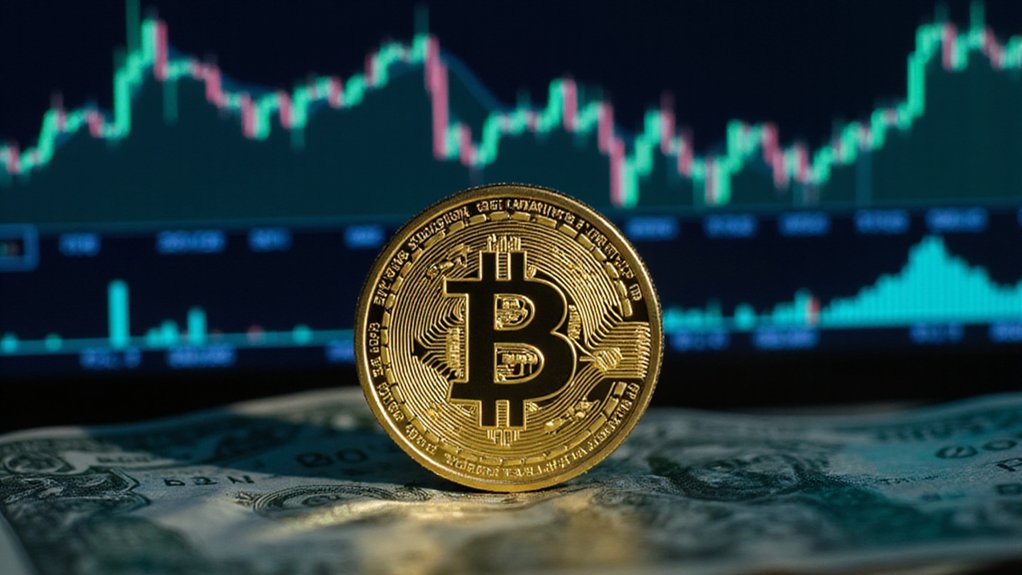Nearly every significant cryptocurrency transaction today involves Tether (USDT), the dominant stablecoin that commands approximately 70% of the stablecoin market. This digital token, designed to maintain a steady value of $1, serves multiple critical functions in the cryptocurrency ecosystem, providing traders with a stable store of value amid market volatility and enabling rapid position adjustments without converting back to traditional fiat currencies.
USDT's prominence stems from its versatility as a transaction medium, offering near-instant transfers on blockchain networks with significantly lower fees than conventional banking channels. Unlike traditional financial systems restricted by business hours, USDT transactions occur 24/7, typically settling within minutes regardless of geographic boundaries. This efficiency has cemented Tether's position as an essential liquidity provider across exchanges, accounting for a substantial portion of Bitcoin's daily trading volume.
The stablecoin's multi-chain compatibility further improves its utility. Available on numerous blockchains including Ethereum and Tron, USDT allows users to select their preferred network based on congestion levels and fee structures. Many users specifically choose USDT for its DeFi ecosystem integration, where it's widely used for lending, liquidity mining, and staking. This flexibility has facilitated widespread integration into major cryptocurrency exchanges and decentralized finance protocols, where it functions as collateral for loans, margin trading, and derivatives. Users can easily exchange USDT for USD through its 1:1 value ratio mechanism, maintaining price stability in the volatile crypto market.
Despite its utility, USDT faces ongoing regulatory scrutiny regarding its reserve backing. Tether is obligated to maintain 1:1 USD reserves for all tokens in circulation, conducting regular attestations to verify compliance. The company has implemented robust KYC/AML procedures for large transactions and cooperates with law enforcement investigations, addressing some regulatory concerns while remaining under watchful eyes.
Tether's influence extends beyond mere transactions, significantly impacting broader market dynamics. The minting or burning of USDT tokens can affect the overall cryptocurrency market capitalization, while issuance patterns often correlate with Bitcoin price movements. Market analysts frequently monitor Tether flows as indicators of investor sentiment, positioning this controversial stablecoin as not just a transaction facilitator but a critical barometer of the entire cryptocurrency ecosystem's health.





